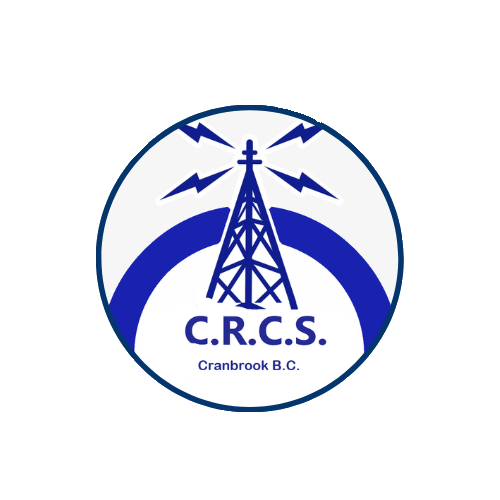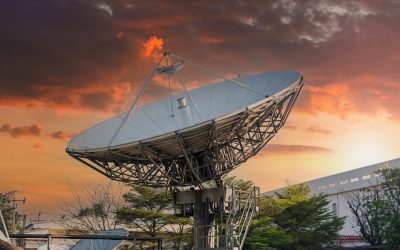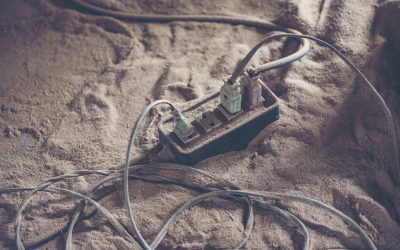When it comes to managing multiple signals, frequencies, and antennas in amateur radio, the terms duplexers, diplexers, and triplexers often come up. While they sound similar, each serves a specific role in keeping your station organized, efficient, and interference-free. For new operators, the differences can be confusing, and for experienced hams, knowing how to select and apply them properly can improve station performance dramatically.
In this guide, we’ll break down what each device does, why they’re important, and how they can simplify your shack or portable setup. By the end, you’ll have a clear understanding of duplexers, diplexers, and triplexers—and how to put them to work in your amateur radio station.
What Are Duplexers, Diplexers, and Triplexers?
Though their names are similar, these devices are not interchangeable. Let’s define each one clearly.
Duplexer
A duplexer is designed to let a single antenna handle both transmit and receive simultaneously, but on different frequencies. This is most often seen in repeater systems, where the repeater transmits on one frequency and listens on another—at the same time. Without a duplexer, the repeater’s powerful transmitter would overload its sensitive receiver.
-
Primary Use: Repeaters and full-duplex systems.
-
Key Feature: High isolation between transmit and receive frequencies.
Diplexer
A diplexer takes two different frequency ranges and allows them to share a single antenna. Think of it as a signal combiner/splitter. For example, you might use a diplexer to run both a 2-meter rig and a 70-centimeter rig on the same dual-band antenna.
-
Primary Use: Dual-band radios and antennas.
-
Key Feature: Combines or separates two frequency bands without interference.
Triplexer
A triplexer works the same way as a diplexer but with three frequency ranges instead of two. For example, if you have a tri-band antenna that covers 6 meters, 2 meters, and 70 centimeters, a triplexer can let three separate radios (or a single tri-band rig) connect without needing multiple coax runs.
-
Primary Use: Tri-band setups (common in VHF/UHF stations).
-
Key Feature: Combines or separates three frequency bands efficiently.
Why These Devices Matter
At first glance, you might think, “Why not just run more coax and antennas?” In some cases, that works. But in portable operations, repeater sites, or small home shacks, saving space, reducing coax runs, and minimizing interference is a big win.
-
Space Efficiency: One antenna can handle multiple radios.
-
Cost Savings: Fewer antennas and coax runs reduce expenses.
-
Performance: High-quality filtering prevents interference between rigs.
-
Portability: Especially useful in field day setups or SOTA operations where weight matters.
Inside the Hardware: How They Work
Though their use cases differ, duplexers, diplexers, and triplexers rely on filters.
-
Cavity Filters (Duplexers): Large, tuned cavities that separate transmit and receive signals by rejecting everything except the desired frequencies.
-
Band-Pass Filters (Diplexers/Triplexers): Smaller components that separate or combine signals based on their frequency band.
This filtering is what allows multiple signals to travel through the same coax or antenna without clashing.
Duplexers in Detail
Since duplexers are often misunderstood, let’s take a closer look.
How Repeaters Use Them
A repeater’s transmitter might put out 50 watts on 146.940 MHz while its receiver listens on 146.340 MHz. That’s just a 600 kHz separation! Without a duplexer, the transmitter would overload the receiver instantly.
The duplexer provides isolation—often more than 80 dB—between the transmit and receive sides. This ensures the receiver can hear weak mobile signals while the transmitter operates at full power.
Choosing a Duplexer
-
Frequency Range: Make sure it’s tuned for your band (VHF vs UHF).
-
Isolation Needed: Higher power setups require more isolation.
-
Size: Repeater-grade duplexers are physically large. Don’t confuse them with smaller diplexers sold for base stations.
Diplexers in Detail
Diplexers are much more common in everyday ham use.
Example: Dual-Band Rig with One Antenna
Suppose you have a dual-band mobile rig capable of 2 meters and 70 centimeters, but only one antenna port. A diplexer allows you to connect a dual-band antenna without worrying about cross-talk.
Example: Two Radios, One Dual-Band Antenna
You can also use a diplexer to connect two separate radios (one VHF-only, one UHF-only) to a dual-band antenna. This is handy for nets, monitoring, or running different modes simultaneously.
Choosing a Diplexer
-
Power Rating: Check maximum watts supported.
-
Frequency Range: Ensure the bands you want to split/merge match.
-
Insertion Loss: Lower is better for signal strength.
Triplexers in Detail
Triplexers extend the same logic one step further.
Example: Tri-Band Antenna
If you own a triband vertical (6m, 2m, 70cm), you could run three radios at once, each isolated by the triplexer. Or, you could connect a single tri-band transceiver without running three separate feed lines.
Choosing a Triplexer
-
Isolation Between Ports: Prevents one band’s signals from leaking into another.
-
Frequency Coverage: Confirm exact supported ranges.
-
Power Handling: Ensure compatibility with your rig’s output.
Common Misconceptions
Because the terms are similar, they are often mixed up. Here are a few clarifications:
-
A duplexer is not just a diplexer. A duplexer handles simultaneous transmit/receive on a repeater, while a diplexer just splits frequency bands.
-
Size Matters. True repeater duplexers are physically large, while diplexers and triplexers are usually compact.
-
Don’t Cheap Out. Low-quality diplexers/triplexers may have poor filtering, leading to interference or signal loss.
Practical Applications for Hams
So how might you use these in your shack or field setup?
-
Portable VHF/UHF Station: Use a diplexer to feed one dual-band antenna with a compact transceiver.
-
Field Day Tri-Band Setup: Use a triplexer to run 6m, 2m, and 70cm simultaneously without multiple antennas.
-
Repeater Operation: Install a duplexer to isolate transmit and receive paths.
-
Space-Constrained Shack: Use a diplexer to share antennas between rigs when roof space is limited.
Testing and Troubleshooting
When working with duplexers, diplexers, and triplexers, proper testing ensures everything is working correctly.
-
Check SWR: A mismatch may indicate poor filtering or wrong connections.
-
Signal Leakage: If you hear yourself on the other band, isolation is too low.
-
Use a Dummy Load: Isolate problems by testing without the antenna connected.
Safety Considerations
While these devices seem straightforward, remember:
-
High RF Power: Overdriving beyond the rated wattage can damage filters.
-
Heat Dissipation: Some triplexers get warm during extended high-power use.
-
Weatherproofing: If used outdoors, make sure the housing is sealed.
Future Trends
With more compact rigs offering multi-band functionality, diplexers and triplexers are more relevant than ever. Meanwhile, repeater groups continue to depend on duplexers for reliable service. For hams experimenting with digital modes, satellites, or portable multi-band setups, these tools help maximize efficiency.
Whether you’re setting up your first dual-band station or maintaining a local repeater, understanding duplexers, diplexers, and triplexers is essential. Each serves a different purpose:
-
Duplexers isolate transmit and receive on repeaters.
-
Diplexers combine or split two frequency ranges.
-
Triplexers do the same for three ranges.
Using them correctly means fewer antennas, less coax, and cleaner operation. For the amateur radio community, that efficiency translates into better signals, stronger nets, and smoother portable operations.
If you’ve been overlooking these devices, now’s the time to give them a closer look. They’re small investments that can make a big difference in how your shack operates.




